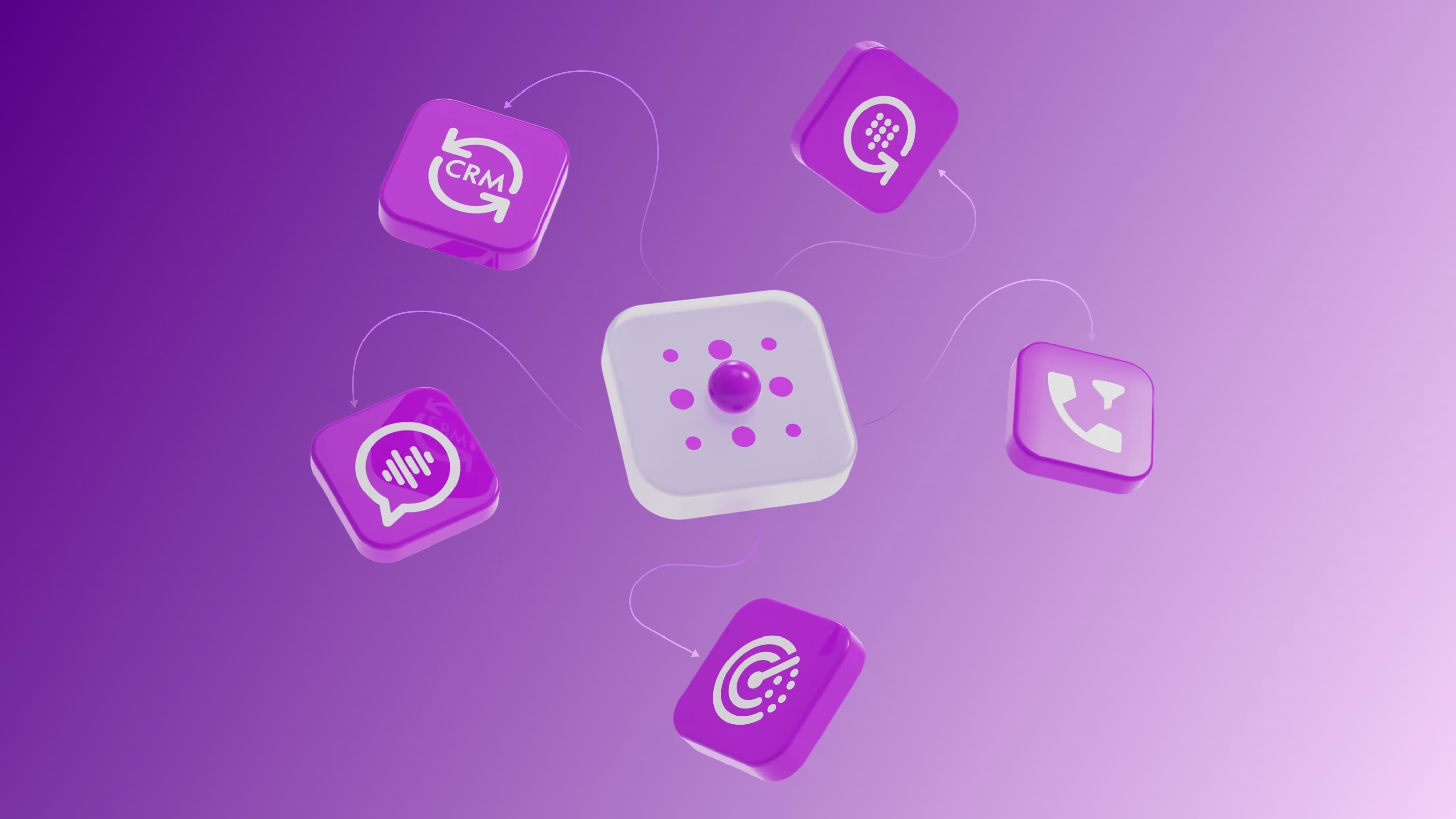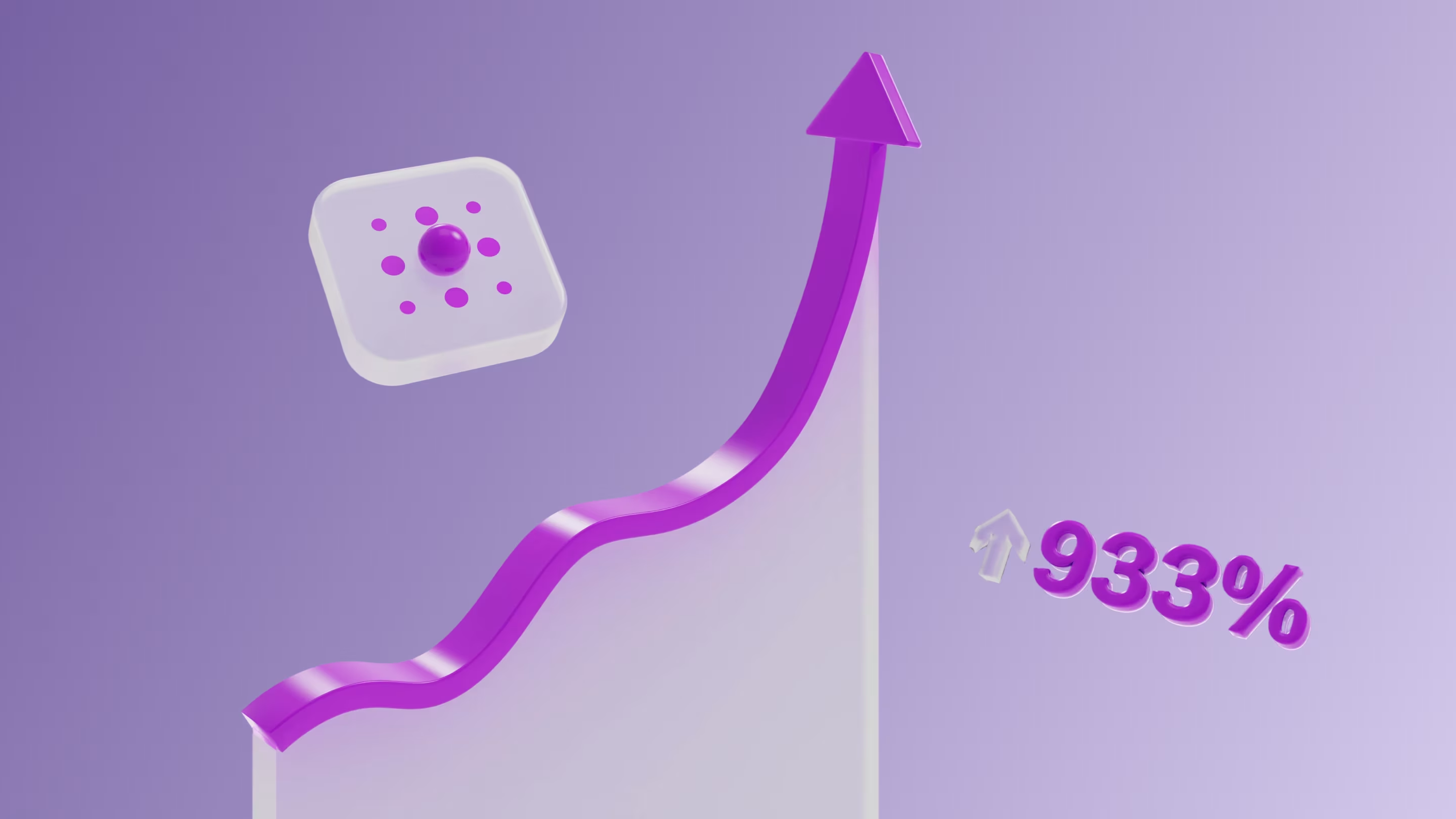From cold call to close: How to accelerate enterprise deal cycles
.avif)
Enterprise sales cycles usually stretch 9 months or more. Long evaluations, layers of approvals, competing priorities — it all drags deals out. But it doesn’t have to.
When done right, you can compress that timeline to just 3-4 months. The difference comes down to process: how you source the deal, design the sales cycle, and manage stakeholders from the first touch.
At Nooks, we’ve seen it firsthand. One recent six‑figure enterprise deal, sourced from a cold call, moved through a global pilot and closed in three months. At the time of writing this playbook, AE EJ Eitel holds a 100% win rate on trials — proof that the right framework beats the clock.
In this playbook, we’ll share how to accelerate enterprise cycles without cutting corners.
The 4+Month Timeline
- Month 0-1: Sourcing & Discovery
- Book the first meeting via a cold call.
- Multithread early by bringing in voices from the bottom up to gather context and build use cases.
- Run AE discovery to surface the use case, then tie it to company priorities and revenue goals in a storytelling demo.
- Confirm the evaluation approach (competitors, success criteria, metrics, timeline, implementation date).
- Align on 1–3 key priorities for the trial.
- Month 1-2: MAP & Trial Prep
- Introduce a MAP (who/what/when) before starting any pilot.
- Secure decision makers (CRO/CFO), budget holder (Procurement/Ops), and frontline managers.
- Confirm champion has authority to commit post-trial, unlocking the path to partnership if results meet expectations.
- Pro tip question to ask: What does buying software look like at your company?
- Month 2: 2‑Week Trial
- Connect Slack or Teams for fast comms and multithreading across regions (NAMER, EMEA, APAC).
- Do frequent check ins to ensure you’re getting feedback and spending time in the right area.
- Track leading indicators (different based on your product) + tie to potential revenue impact.
- Have a mid trial check in to see how you’re tracking against success criteria and adjust as necessary.
- Month 3-4: Executive Alignment & Close
- Loop in exec sponsors and tailor a presentation back to what they were trying to achieve and how your product and trial demonstrated that.
- Get ahead of paperwork as early as possible.
- Have active and transparent procurement conversations.
Why Cold‑Call Sourced Deals Close Faster
Use this formula to show leadership why investing in calls accelerates late‑stage velocity.
Data snapshot (fill‑in with your own data):
- Deal source mix (last 90 days, [segment])
- Calls: <%> of sourced pipeline | Win rate: <%> | Avg cycle: <__ days>
- LinkedIn DM: <%> | Win rate: <%> | Avg cycle: <__ days>
- Email: <%> | Win rate: <%> | Avg cycle: <__ days>
- AE attainment (quarter‑to‑date): <%> to quota | Trials run: <> | Trials→Close: <__%>
Observed effects of call‑sourcing:
- Deals close faster. Cold‑call sourced opportunities averaged 3–4 month cycles vs. 9+ months typical in enterprise.
- Higher conversion. AEs converting 100% of cold‑call trials at time of writing, compared with lower rates from email or LinkedIn‑sourced deals.
- Stronger qualification. Live calls surface budget, authority, need, and timeline on day one, making AE discovery warmer and trials more targeted.
It’s far more effective to qualify someone in a 10-minute cold call than in four back-and-forth emails. On a call, you get immediate answers, hear their tonality, and pick up on nuances you’d never get over email. That real-time context helps you truly understand their business and decide quickly if there’s a fit.
Customer case study:
- Enterprise ACV: $100–300K
- Source: Cold call booked by SDR
- Cycle: ≈ 3-4 months from AE takeover to close (global pilot in the middle)
- Keys: Establish a MAP before the pilot, align on success criteria, secure leadership buy-in, capture feedback from trial users, and showcase what the partnership will look like.
Step‑by‑Step Framework
1) From Cold Call → First Meeting
Goal: Qualify fast; capture more context than an email‑sourced meeting.
Call Talk Track:
For Nooks that sounds something this…
- Problem surfacing: "Leaders tell me manual dialing + low connect rates through your SEP stalls pipeline. Is that on your radar this quarter?"
- Social proof: "Teams like yours moved from email‑heavy to parallel calling and saw 2–3× more conversations in week one."
- Next step: "Let’s map what good looks like and how you’d evaluate success — 25 minutes tomorrow?"
Handoff note (SDR to AE):
- Call recording
- Outline why they’re taking the meeting and what they’re interested in
- Tech stack fit
2) Discovery & Trial Design
Outcome: A written Trial Plan aligned to buyer’s document (success metrics, uplift targets, scope).
Questions that unlocked this deal:
- "If the trial works, what KPI moves first? What’s the board‑level story?"
- "Who signs? Who argues for budget? Who blocks?"
- "What would make this a ‘must‑do now’ vs ‘nice‑to‑have Q4’?"
Things to think about when outlining a trial:
- Scope: Everyone who will participate or partake in the trial.
- Duration: Length of the trial.
- Tooling: What other tech they need to connect.
- Metrics: What’s most important to them, align to success criteria.
- Enablement: Training on the product to make sure users are successful.
- User feedback: Understand if the pilot is going well or not.
- Check‑ins: Ensure you’re always aligned with leadership.
3) The Mutual Action Plan (MAP)
Introduce before the pilot. Use it as the single source of truth.
MAP Must‑Haves (different steps in each section below based on your business):
- Pre pilot alignment
- Pilot set up
- In pilot
- Post pilot
4) Mid‑Trial Checkpoint (Day ~5)
Agenda:
- Pulse check and overall thoughts from the group.
- Baseline vs. Pilot KPIs (per region) — make necessary adjustments for remainder of trial.
- Confirm pilot recap and alignment date.
Slide skeleton: Current state → What changed (usage + connects + convos) → What we’ll do next week → Risks & asks.
6) Pilot Recap & Executive Alignment (Day ~10–12)
Golden rule: Show trajectory, not just totals.
Recap Deck Outline:
- Objectives & success criteria (from buyer’s doc).
- Results by region & team.
- User feedback.
- Operational readiness (manager enablement, playbooks, numbers).
- Business case: pipeline impact model based on leading indicators.
- Next steps: rollout plan + commercial path + timeline.
Exec questions to pre‑wire:
- "What breaks if we don’t change anything for 2 more quarters?"
- "If we scale to X reps, what ops support is required?"
7) Commercials & Close
- Pricing: Pricing should be tailored based on what your trial was able to produce.
- Paper process: Pre‑clear legal redlines; approvals in MAP.
- Handoff: AI‑driven sales to CS summary (calls, notes, risks, early upsell motions).
Pricing should have been presented pre-trial so there’s no questions when you get to what pricing looks like at this point.
What Makes Enterprise Deals Move Faster
- Executive alignment on the need for a solution based on the business case.
- Slack multithreading across regions kept momentum and gave prospects ongoing support.
- Success criteria was set up in a way for the product to be successful and paint a picture of the impact the revenue product could provide.
- Get ahead of paperwork and commercials as early as possible.
- Very detailed pilot recap and alignment call showcasing what a partnership would look like.
With the right process, you can turn a cold call into a closed six‑figure enterprise deal in 3-4 months.
This playbook helps you but also helps your prospect on the receiving end of what a really good trial looks like.
Use this playbook to accelerate your own enterprise cycles, cut months off evaluations, and give your team a repeatable framework for turning cold calls into closed‑won.







